Thank you to all of you who have followed us over the years! We will no longer be posting new content on this platform. We welcome you to join us on our new Medium blog at https://medium.com/usfishandwildlifeservicenortheast
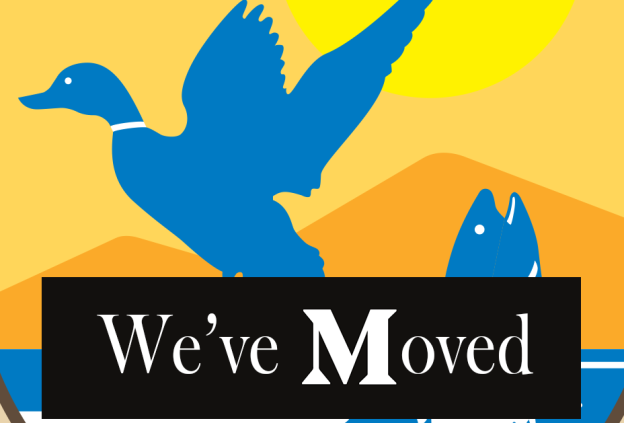
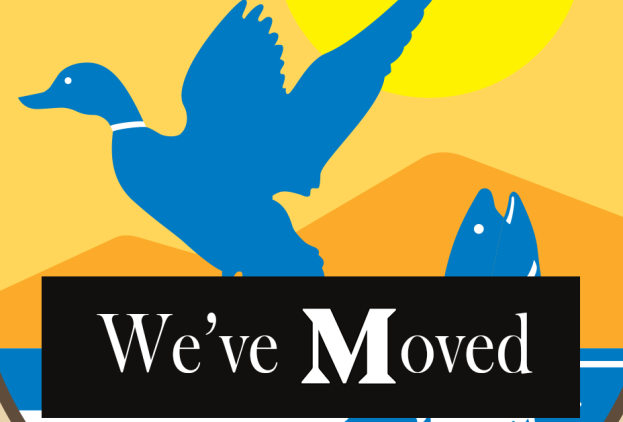
Thank you to all of you who have followed us over the years! We will no longer be posting new content on this platform. We welcome you to join us on our new Medium blog at https://medium.com/usfishandwildlifeservicenortheast

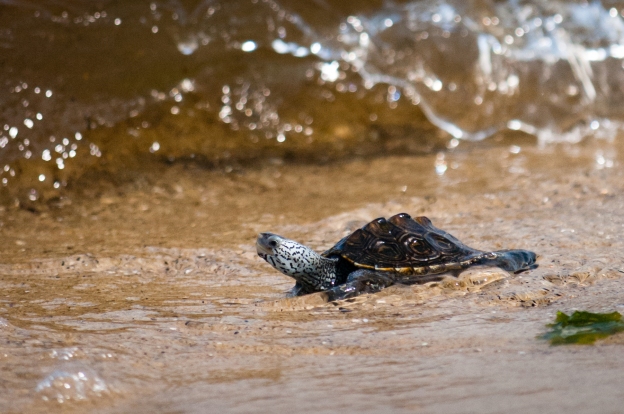
This summer, Nancy Finley joined the fabulous team at Chincoteague National Wildlife Refuge in Virginia as the new Refuge Manager. Nancy is joining the Service in the northeast from the National Park Service in Nebraska. To get to know Nancy a bit better, we’ve asked her a few questions: here’s what she had to say!
1. How did you become interested in pursuing a career in environmental conservation?
I was always the kid that was outside and mucking around with things. I would always be bringing home some animal I found, alive or dead, creating some squeamish moments for my poor Mom. We lived on the coast and I was constantly in the water.
In high school, a biology teacher was working on his Ph.D. He was researching why diamondback terrapin populations on this barrier beach were declining, and because he was still teaching and needed assistance in the field, he created field internship opportunities. I jumped at the internship and started going out to the beach with him every day after school, every weekend, and all summer. At 14, I was one of his primary go-to field hands and put thermistors in turtle nests, radio tracked turtles, monitored for nesting, did beach profiles. You name it, I was there. I loved it, and was hooked on conservation ever since. I worked with him through the completion of his doctorate, and years after, we are still in touch and still laugh about some of the old days! I am grateful to him for exposing me to science in a formal way, and I entered college knowing exactly what I wanted to be – and never turned back.
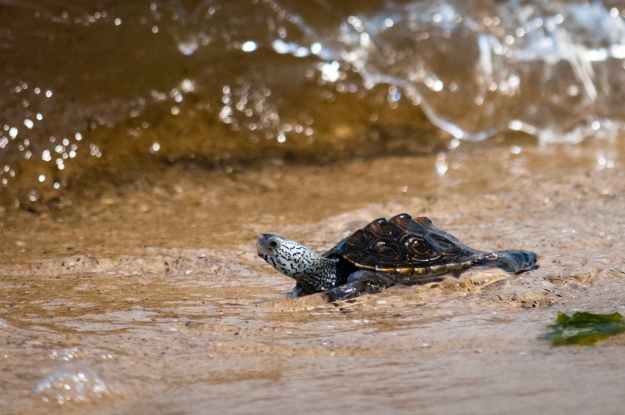
A juvenile diamondback terrapin (Malaclemys terrapin) is released by Chesapeake Bay Program staff at Ferry Point Park in Kent Narrows, Md., on July 17, 2010. (Photo by Alicia Pimental/Chesapeake Bay Program)
What do you enjoy most about working in the conservation field?
I am a hands-on gal for the most part. That is why I love working in applied sciences, where you can see the results of your decisions and can adjust as need be to make things better. Both National Park Service and U.S. Fish and Wildlife Service offer a great opportunity to do a variety of jobs within the job. I was up at Pictured Rocks National Lakeshore acting as the superintendent this last fall, and this wicked storm came through with sustained 40 knot winds and gusts over 100 knots. It was an incredible storm to watch, very powerful. It pushed a good bit of Lake Superior into the area that the park headquarters sat on and knocked down a lot of trees. I stayed at the office until about 10 p.m. that night, getting pumps going to remove water that was coming up through the basement of this historic Coast Guard station. Volunteers came in from town and helped us remove trees from the cross country ski trails so that they would be up and running quickly. Staff from all programs just worked together to get the job done with the community, and we helped with issues in town, as well. These moments of pulling together with the staff and the community are just so gratifying. I try to make every day like that in small ways; you don’t need a major event to keep those philosophies close at hand.
How do you think Chincoteague will be different from your previous experiences?
Every place I have been is so different, and I really enjoy learning new things. I have lived in coastal areas that are important tourist destinations, but I think Chincoteague is unique in that it is in a generally rural area, and then suddenly gets this influx of visitors. I think that is something to consider in balancing visitor enjoyment with the needs of the community and, of course, protection of resources at the refuge. I have a lot to take in and learn.

What kind of experience do you want visitors to have at the refuge?
I would like them to really see the place for what it was intended, a place to experience wildlife, specifically migratory waterfowl, experience the unique coastal habitat, take in the salt air, and relax. I know Chincoteague is known for the beach but there is so much more to see and I would like to see visitors have those other experiences too. But yes, also come to recreate and have fun, that is important too.
What are your favorite outdoor hobbies?
I like to do anything outside. My husband and I fish and boat, although that’s been a challenge in Nebraska! I like to walk a lot with my four year old golden retriever as my sidekick – he is the beautiful one in the family.
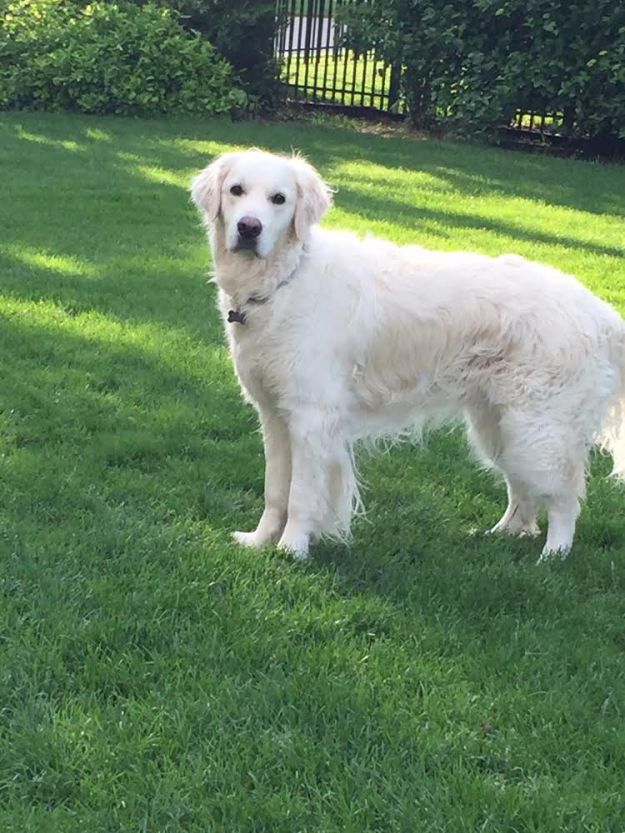
Do you have a fun story or memory you would like to share?
I was doing aerial surveys for sea turtles off the coast of Virginia in an old de Havilland Beaver and I was very focused on the line I was surveying (and seeing lots of sharks down there). But all of a sudden I hear the plane start sputtering and coughing and I look over at the pilot and he is holding a knob in his hand. The knob was the switch that switched from one fuel tank to the other, and it broke! Thankfully after the tank switched over, the plane stopped coughing. Pheww!

Today we’re hearing from Bret Serbin, the Outreach Coordinator for the Long Island Field Office, as she shares how birds prep for long-distance migrations.
As children migrate back into classrooms, their feathered friends are migrating south for the winter.

Geese are among some 350 species of North American birds that migrate long distances for the winter months. Photo by Pixabay
The arrival of fall signals the departure of many migratory birds. Every year, approximately 350 species of North American birds participate in long-distance migration. Many cover thousands of miles to reach their wintering grounds in Central and South America.
Birds as tiny as the piping plover engage in this great migration. The typical adult piping plover weighs less than 2 ounces! Yet these petite plovers travel from their breeding grounds on such Northern shores as Long Island and the Great Lakes to winter in tropical destinations like the Bahamas and Cuba.

A tiny piping plover chick that will need plenty of nutrients to prepare to fly south. Photo by Victoria Lima/ USFWS
So how do these tiny birds fuel up for their long flights?
The key to their endurance lies in wrack, the green seaweed mixture found along the high tide line on most beaches. These giant green clumps or dried plant material may seem unappealing to humans, but for many migratory shorebirds, wrack’s a snack!

An example of beach wrack. An abundance like this can feed lots of birds and other beach creatures!
Wrack is mostly composed of sea grass that comes loose and washes ashore with the tide. Along the way, it can collect a variety of other substances. Once ashore, this rich organic mixture becomes a habitat for a number of creatures, including plants and insects. In fact, about 40 percent of invertebrate species that live on beaches depend upon wrack.
These invertebrates serve as one of the primary food sources for birds like the piping plover. The accumulation of wrack is crucial in providing this food source since the unstable conditions of the sand and the waves make it nearly impossible for plants to grow or insects to live along the shoreline.
Those big piles may not look like much to the average beachgoer, but they provide a beachy buffet for birds en route to their winter homes.
If you’re looking to help send the birds off on a successful journey, working to maintain this important food source is a great way to start. Beach grooming and driving pose serious threats to wrack, as these activities can remove wrack from its natural place on the shore or crush this delicate ecosystem and all the organisms it hosts.

Beach raking like this deprives shorebirds of a crucial source of nutrients. Photo by Wikimedia Commons
If you live in a beach community, encourage your neighbors and beach managers to minimize beach raking in order to protect this important resource. And no matter if you’re a beach bum or a landlocked bird lover, you can help educate others about the importance of this material so that the birds can snack on wrack wherever they go.
The birds’ seasonal departure reminds us to help ensure their safe return year after year. The piping plover, for instance, has experienced such population decline as to be listed as federally endangered in the Great Lakes and threatened on the Atlantic Coast and in the Northern Great Plains.
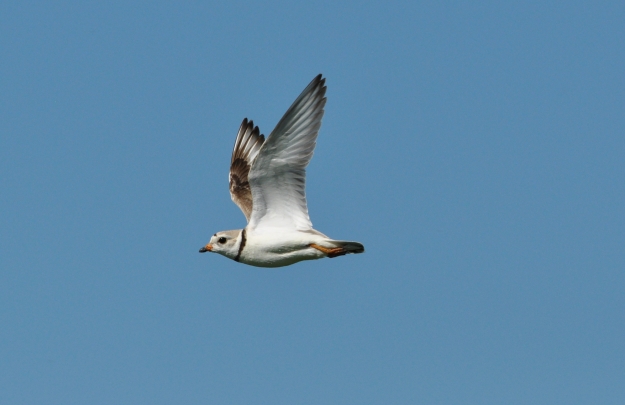
Given its low numbers, a piping plover in flight is a very welcome sight! Photo by Steven Tucker/USFWS
With this in mind, it’s important to help the birds get fortified for their long journeys so that they can return to us in the spring.